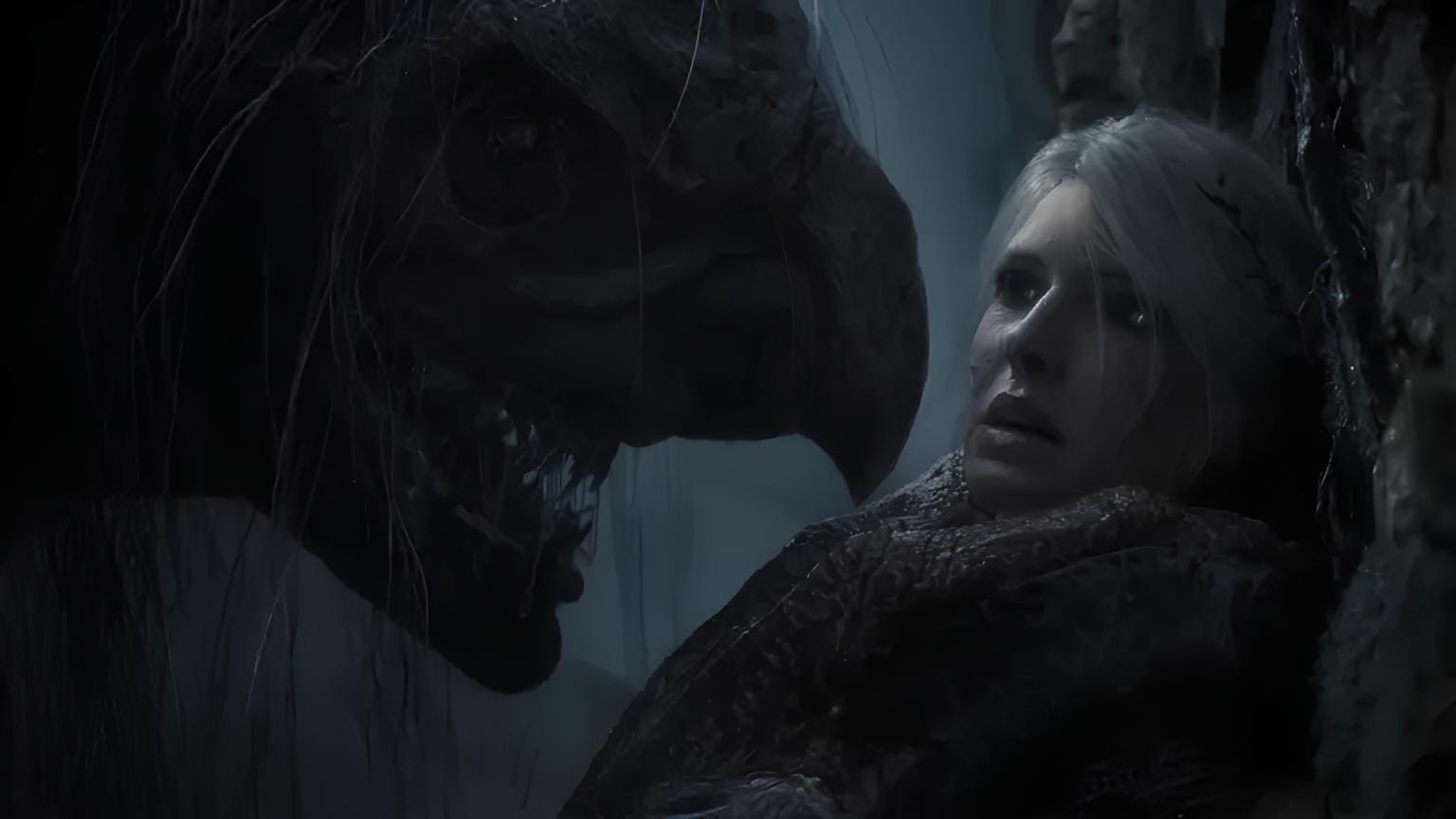The Witcher 4 director promises more dynamic and immersive NPCs
CD Projekt Red faces a significant challenge in exceeding the success of its previous Witcher game with the upcoming Witcher 4.

While details about the sequel remain limited, director Sebastian Kalemba and executive producer Gosia Mitrega recently shed some light on the game's development in an interview.
Kalemba emphasized the team's commitment to creating a more immersive experience than ever before, particularly through enhanced NPCs. CD Projekt Red aims to make each character feel genuine and believable, pushing the boundaries of NPC design, behavior, and facial performance.
The developers have meticulously crafted individual roles for each NPC within their respective towns or villages, ensuring that characters in certain locations are acquainted with one another. Each NPC possesses a unique backstory, beliefs, and superstitions, which Kalemba hints Ciri may challenge. Player choices will impact the lives of these characters, potentially leading to positive or negative outcomes, a hallmark of the Witcher series.

While the exact narrative implications of these features remain unclear, Kalemba offered insights into Ciri's role and the transition from Geralt as the protagonist. The Witcher 4 takes place "a few years" after the previous game, with an older Ciri still seeking to prove herself. Players will witness Ciri's transformation into a Witcher firsthand, experiencing her journey from novice to seasoned monster hunter.
Although the trailer revealed Geralt's presence in the game, the developers remained tight-lipped about his specific role. The Witcher 3: Wild Hunt's reputation as one of the greatest video games of all time sets a high bar for CD Projekt Red to meet or exceed. The change in protagonist has also sparked anxiety among fans, despite the ending of The Witcher 3 hinting at Ciri's central role. The developers face the challenge of winning over skeptical fans while attracting new players to the series.






